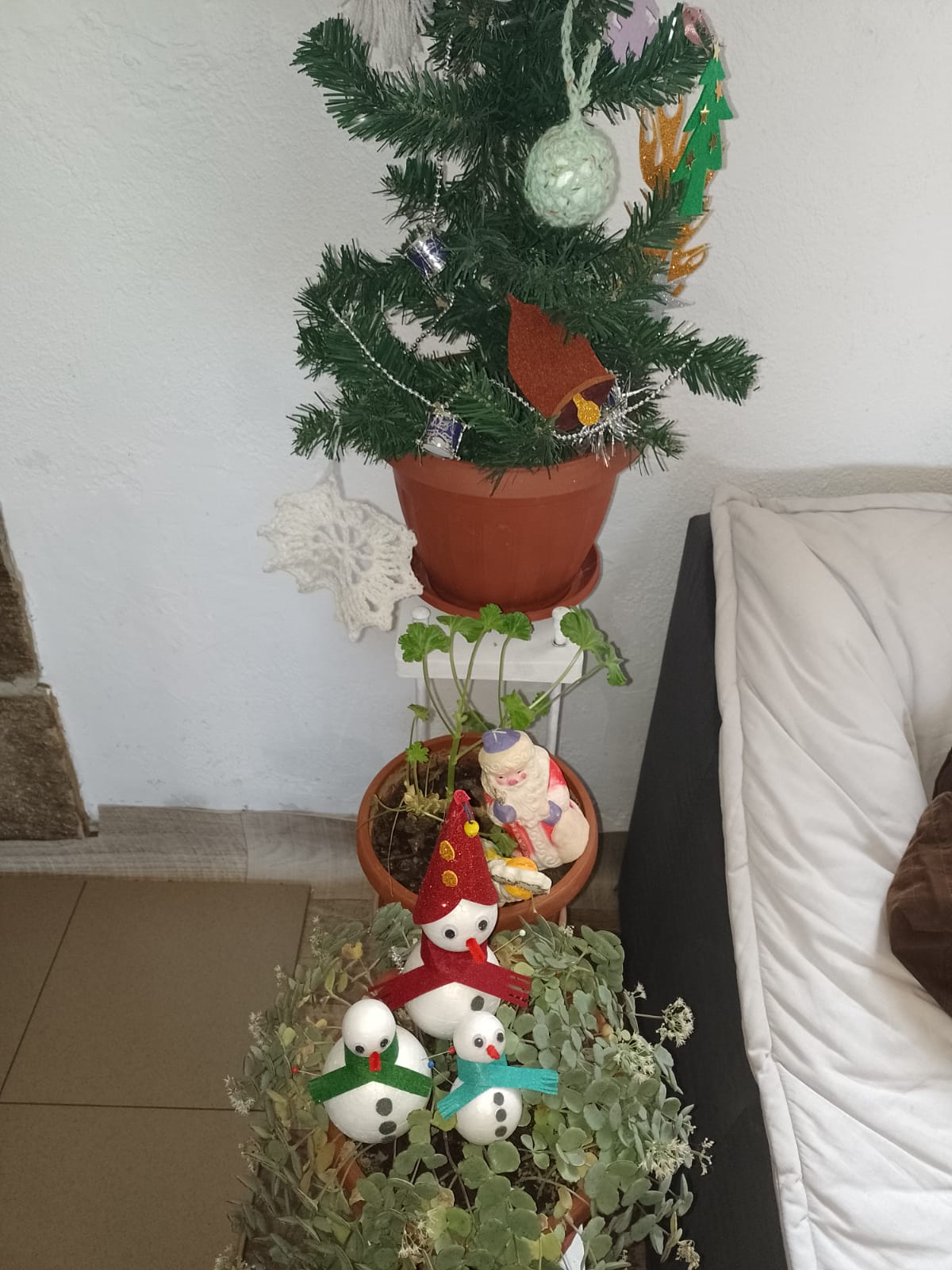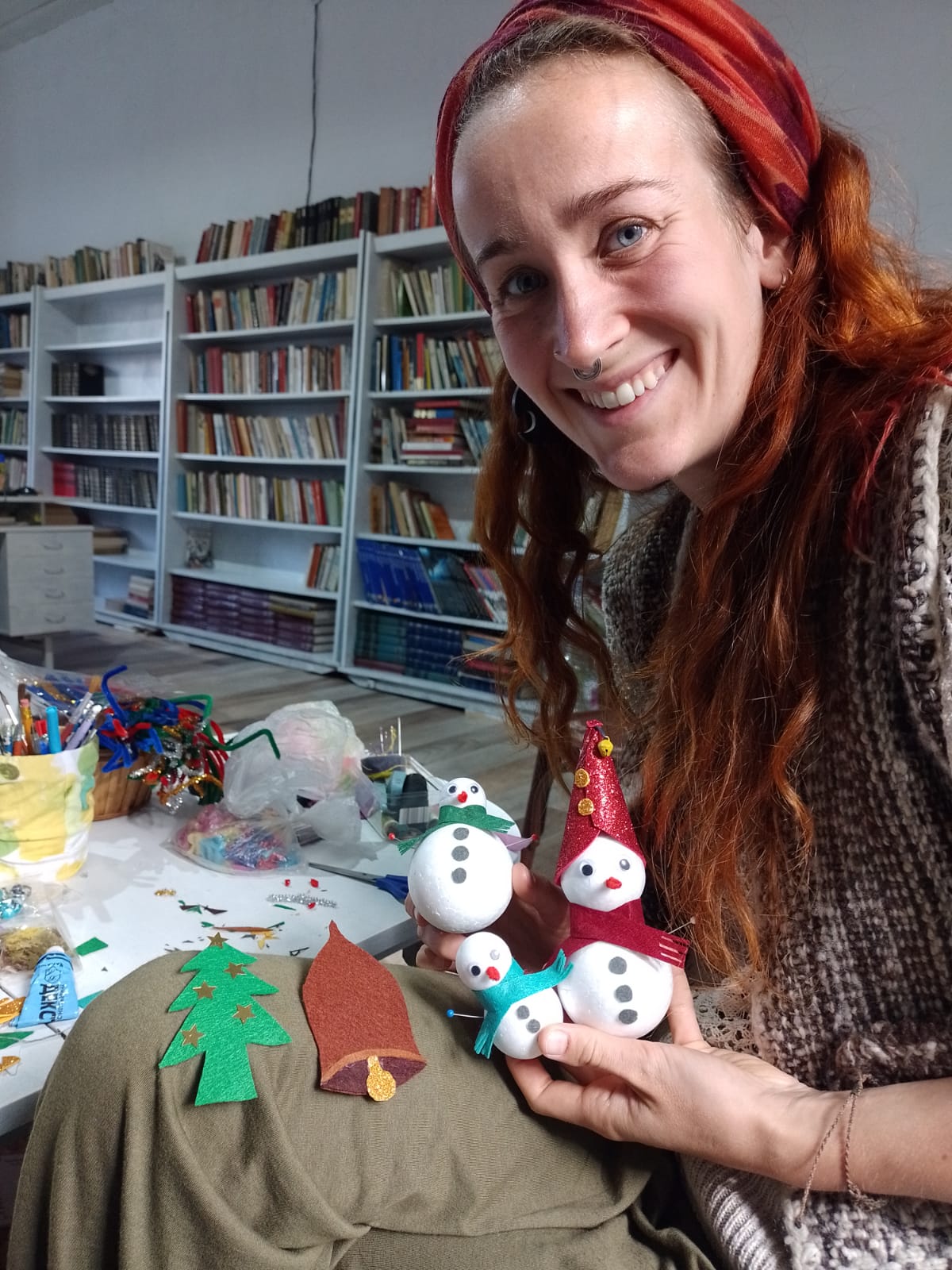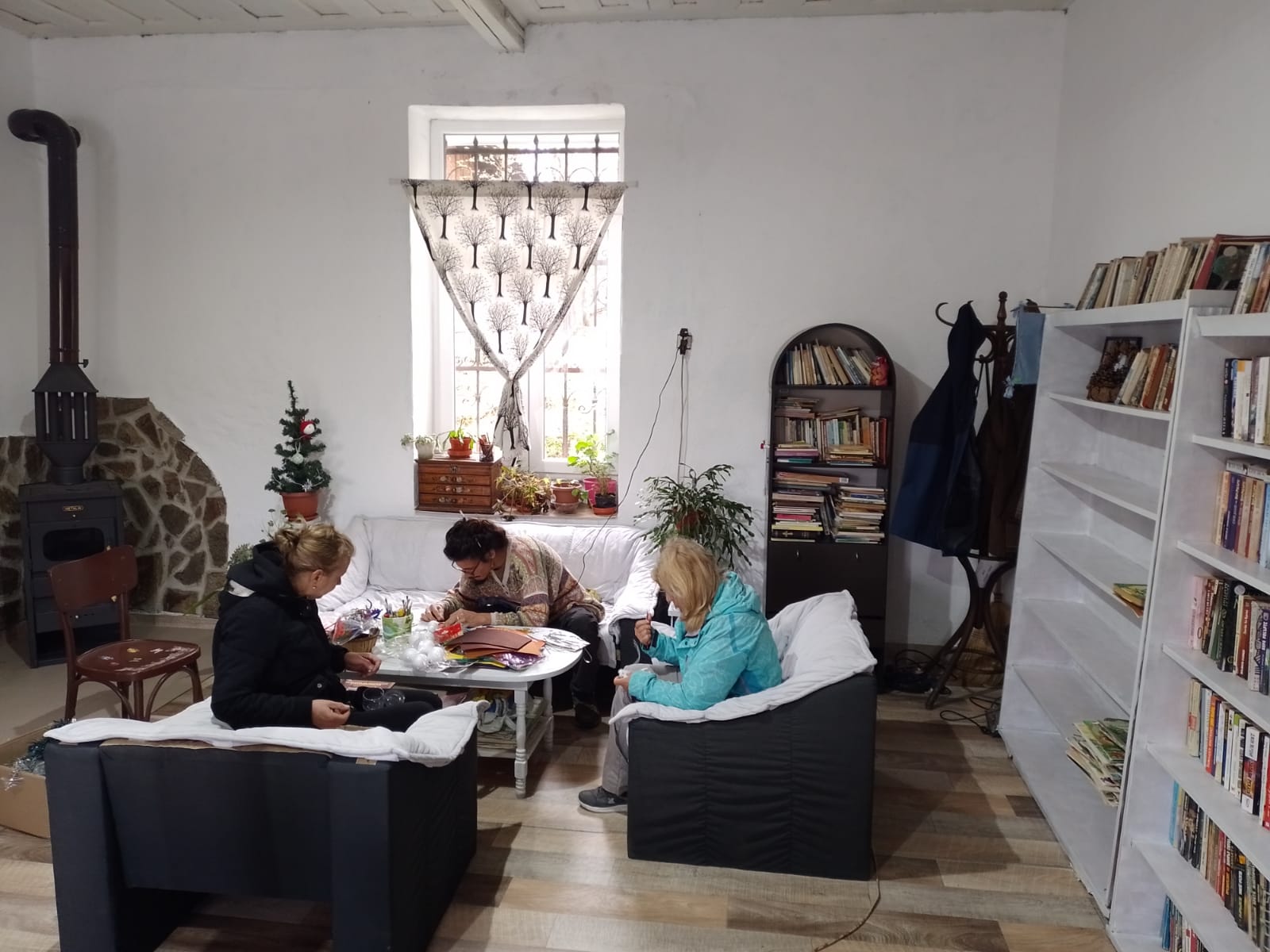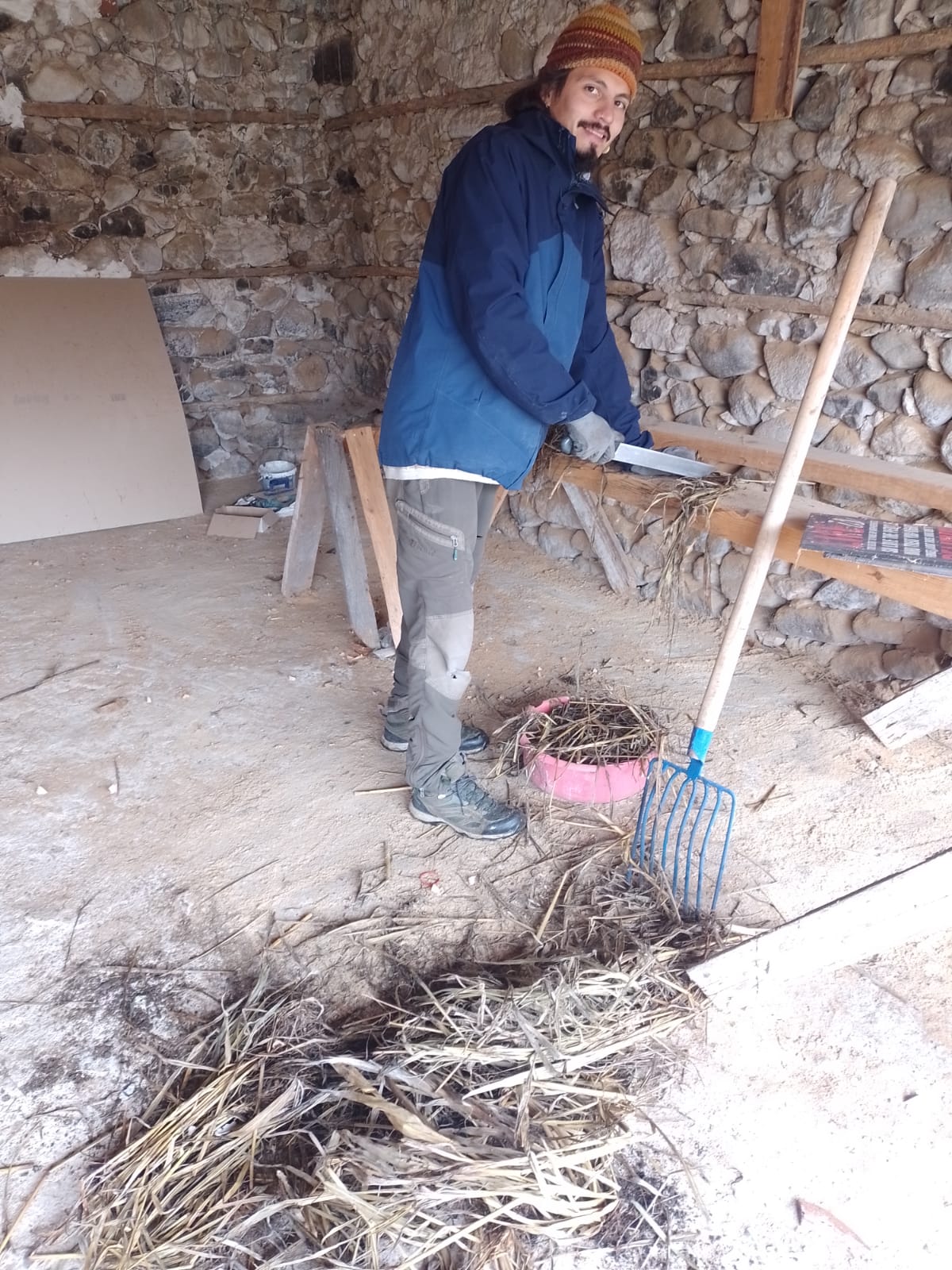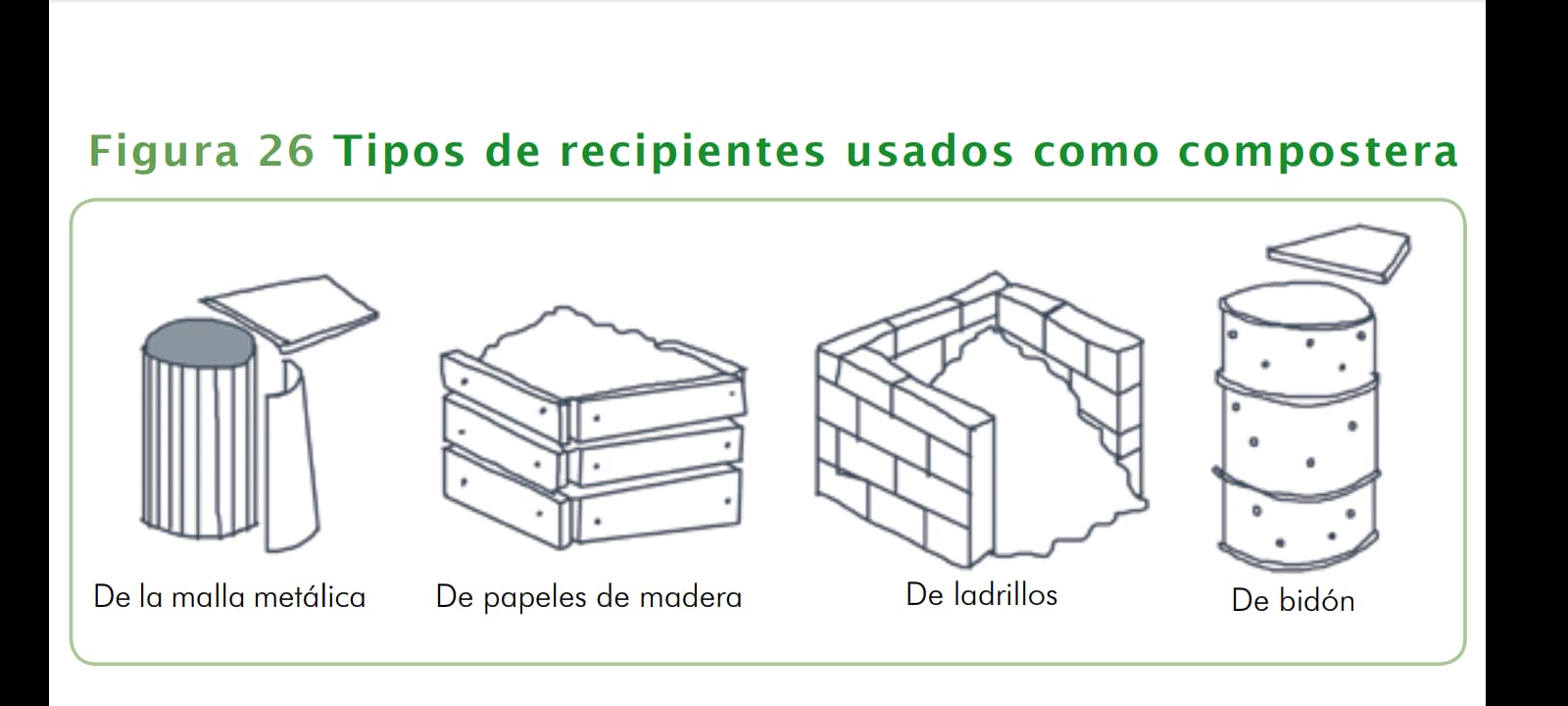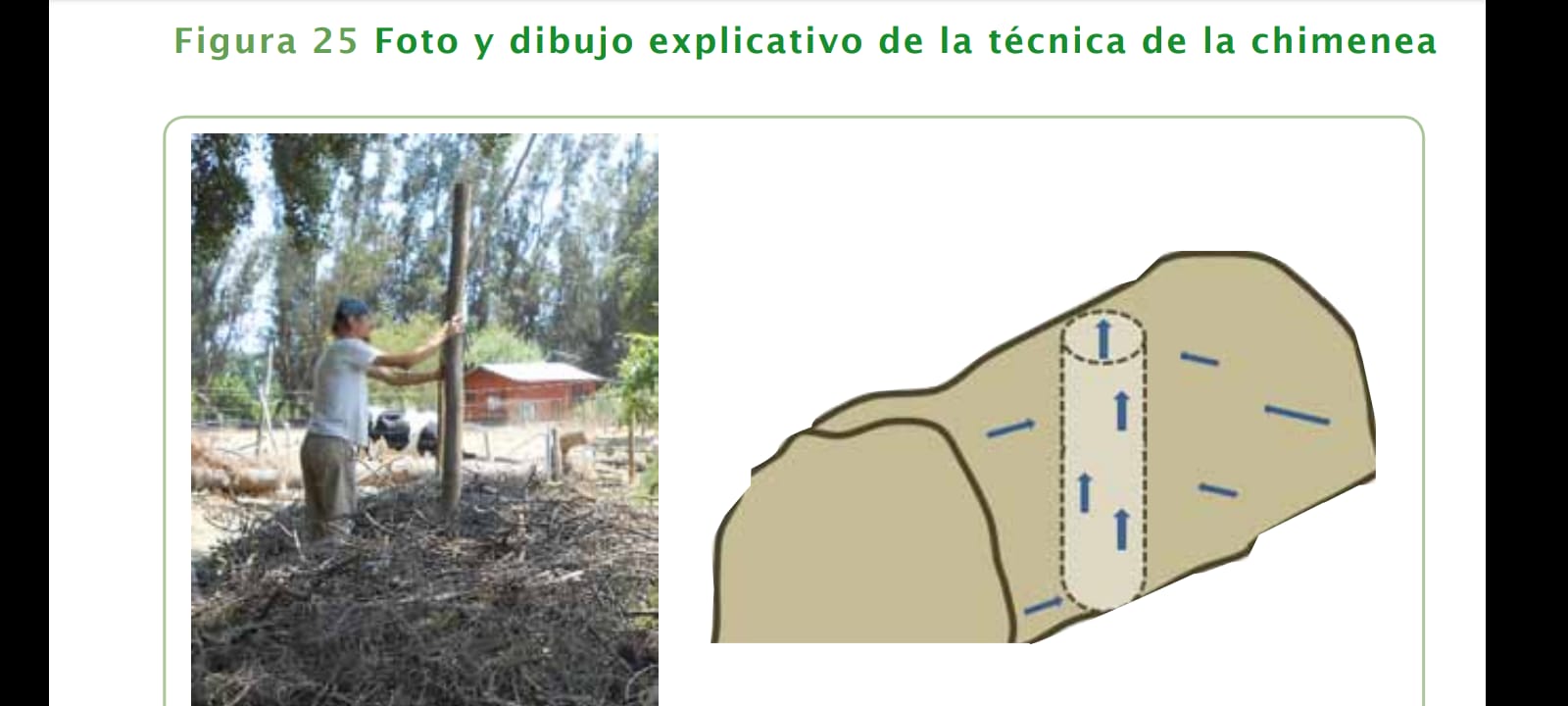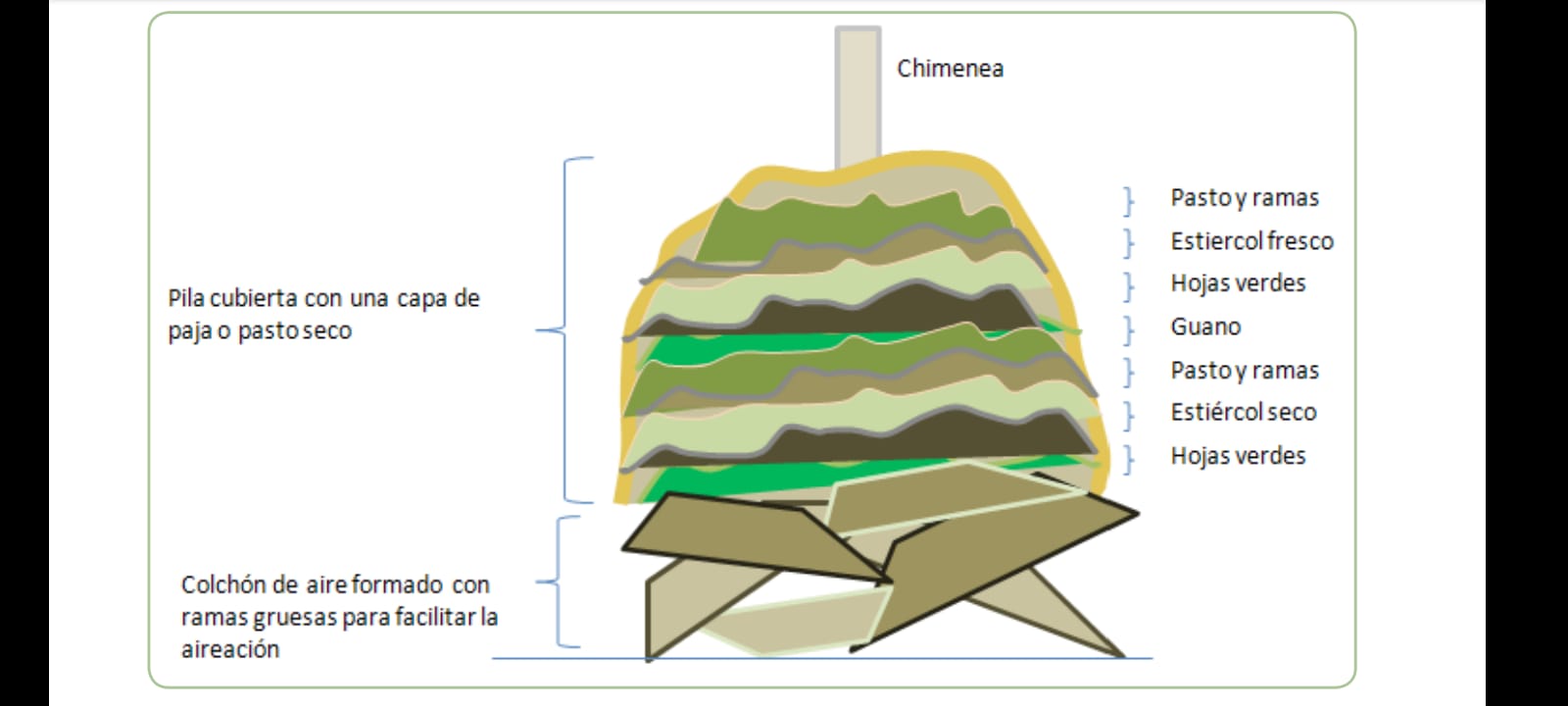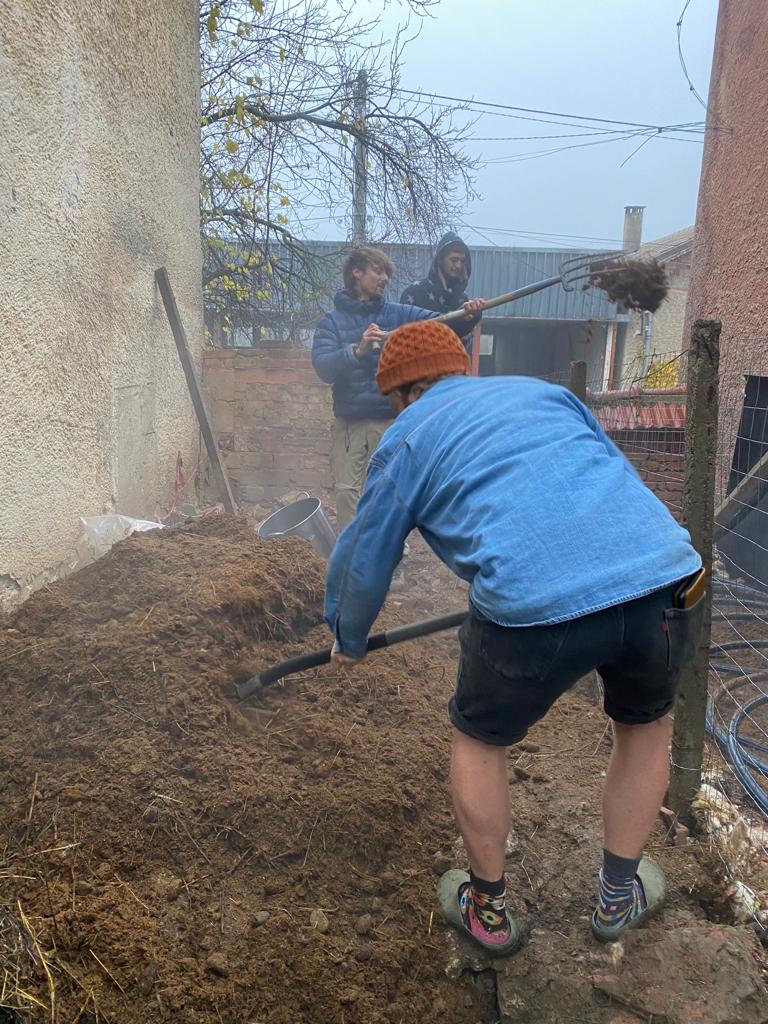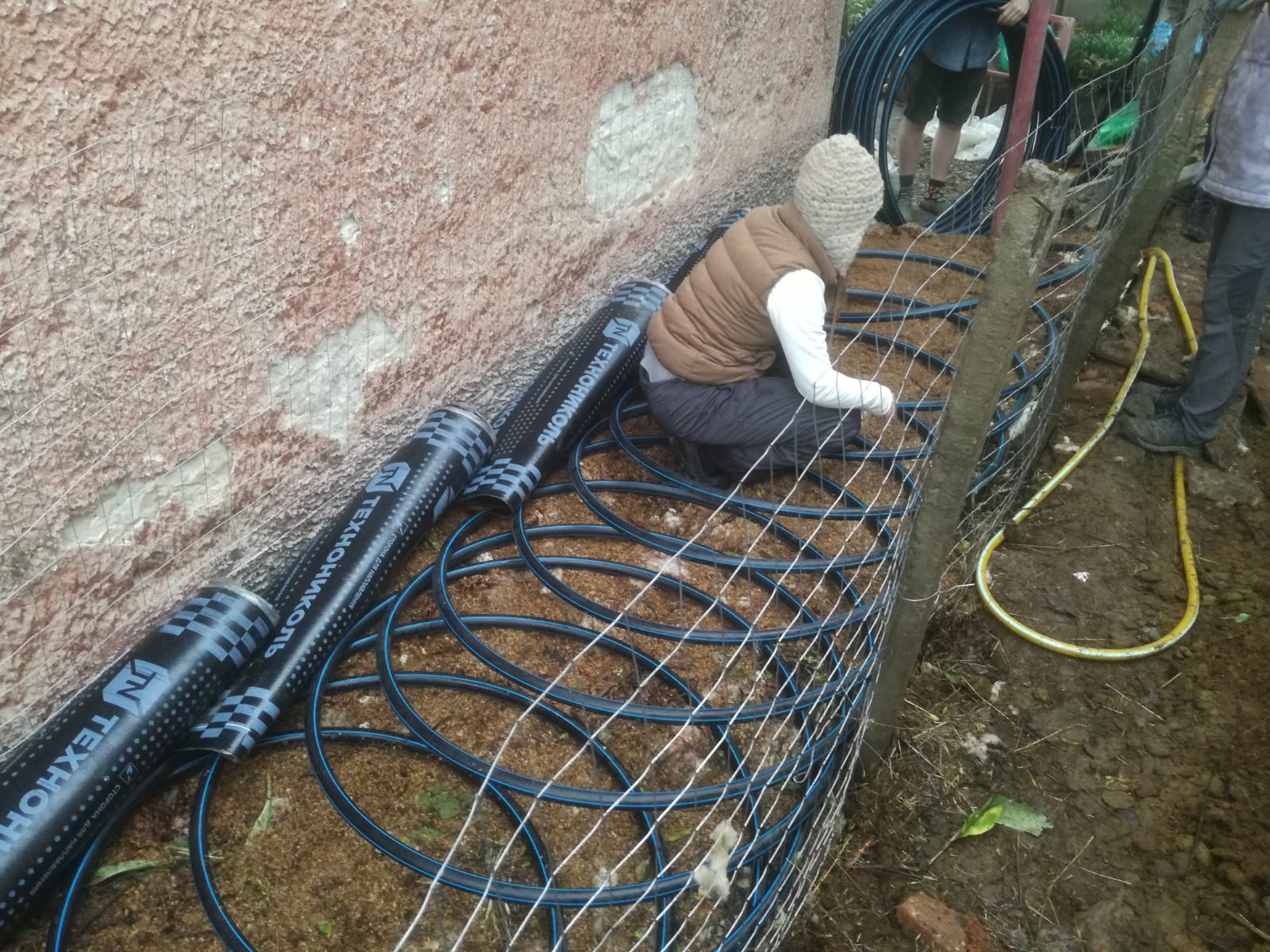Mali:
Hello from a more and more autumn-like Bryagovo!
This week, as Renzo already mentioned, we split our time in giving support to the library in various ways in the morning time, while using the afternoons to catch up on the blog and to start brainstorming about the compost workshop we would like to organize for the villagers in December.

Sweeping the whole theater hall as support to the library (photo credits: Renzo Avendaño)
It is one thing to have some knowledge on and experience with composting yourself, it’s another thing to explain about it to someone who is completely new to this concept. I personally have always felt a bit weary for the risk of patronizing or moralizing someone else, especially in a setting which is not ‘my home’. I remember feeling this strongly when I was traveling around the world for my bachelor and master studies on sustainable (tropical) forest and nature management. I had the chance to meet and interview many different people, from the poorest of the poorest in remote areas, to some forestry official or village leader. Even though I might have had my own ideas and opinion about ‘good’ nature management or empowerment of women and the poor, I tried to avoid as much as possible to have this prejudicing voice speaking in the back of my mind when opening a conversation with them. I really attempted to hear their voice, to hear their story and their daily experiences within a natural, social and political system that in fact were totally foreign to me. So who was I to put my expertise, morals and expectations on the forefront? This is what I am thinking about when sitting down to create a structure for the compost workshop, with a workshop on recycling plastic and keeping the river clean as a potential follow-up.
Maybe at first sight it seems great, very innocent and apolitical, to propose people to try composting to enrich their soils, by recycling leaves and weeds from the garden or kitchen scraps, instead of burning or throwing away these precious resources. But, like any other ‘expert’ (as far as I could call myself a composting expert) I believe it is essential to study the teaching context and target group first. The context of many villagers in Bulgaria ‘not composting’ is too easily labelled as uneducated, disinterest or unawareness of the consequences of one’s own actions. In my view, there is always something more, a sociopolitical story line hidden beneath this that leads to a certain type of behavior. I am not there yet, to say what is this story line about here in Bryagovo. But what I tried so far when designing the workshop, is to show from the beginning of the workshop that we are equals. By first giving the participants the space to share their story, talk about their gardens, their ways of cultivating, I hope to take away the student-teacher hierarchy. Then I want to ask them to think about alternative uses for materials like leaves, weeds and kitchen scraps. And who knows? Maybe they have the answers and ideas already, and Renzo and I can be mere listeners, only quietly motivating their own creativity and empowerment in topics like these.
If you click on the following title: Turning Green Waste into Black Gold_Workshop on composting, you will find the complete workshop schedule I co-designed with Renzo, to add to the teaching materials of Green School Village. This structure can be used and adjusted to the context of any rural village or town where you want to teach about composting to people new to this concept. Regarding the content, Renzo and I still have to sit down and decide how much in depth we want to go. In any case, we both agreed that it’s better to not make it too scientific and theoretical, and really focus on the practical, applied level. We hope that by the end of the workshop, the participants see that composting is like a win-win-win situation for people, gardens and nature, and besides, really easy to realize!
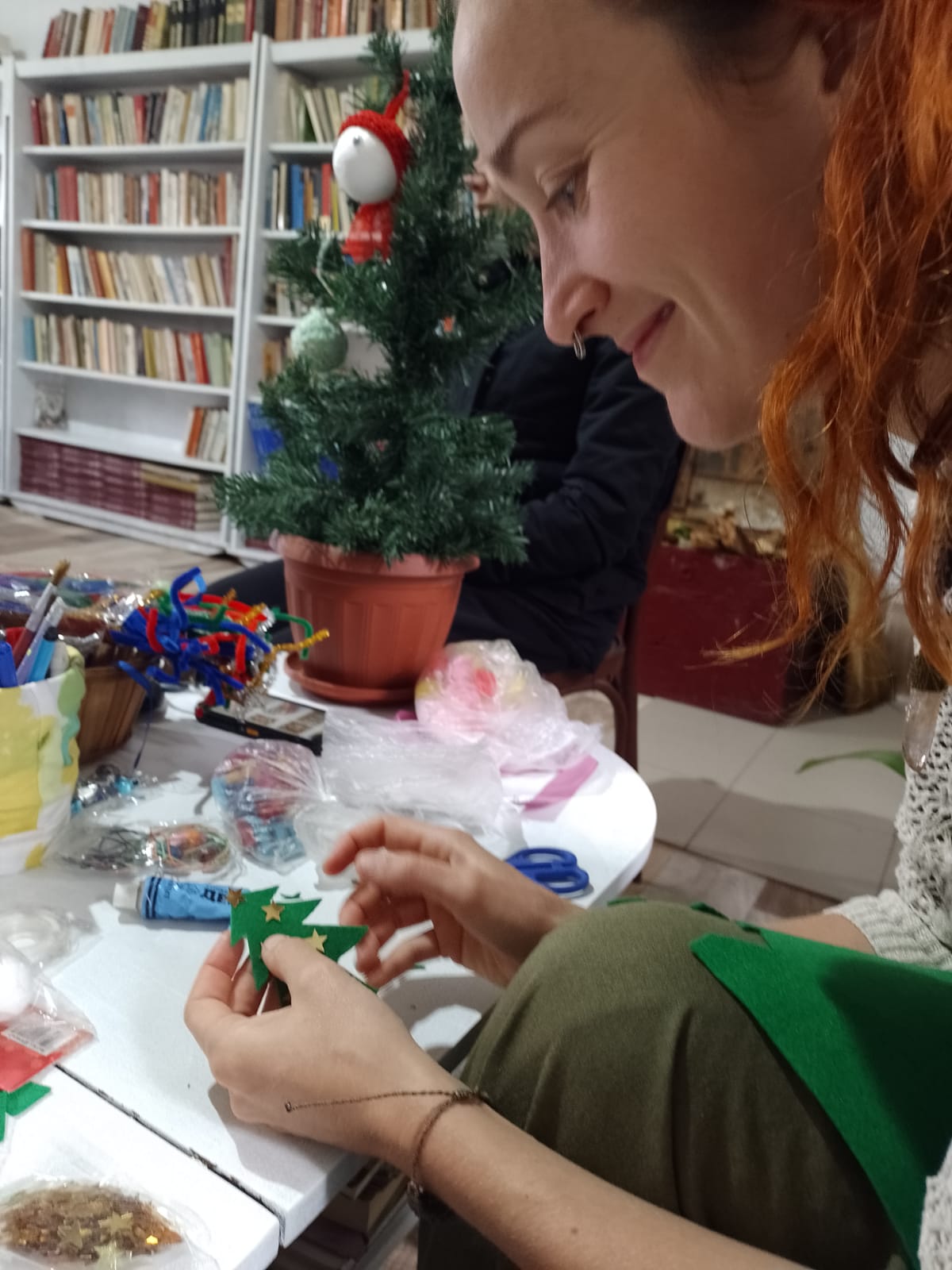
Enjoying getting creative for the winter festivities, supporting the library (photo credits: Renzo Avendaño)
Renzo:
Hello everyone,
we spent a nice week helping in activities corresponding to the cultural center, one of them was cleaning the theater room that is above the library. It is a beautiful place, in quite a good condition compared to probably many other theaters in other villages. Our activity was cleaning the stage, the armchairs and the wooden floor. Because it was a few rainy days, sand had been sliding down from the hill, scattered around and disturbing the theater entrance. This was also one of our activities to remove it. We felt that this place really has a lot of potential for community-building and making culture and arts come alive (again).

Cleaning and happy with making decorations for the cultural centre (photo credits: Mali Boomkens)
It’s getting close to December and Christmas vibes are already in the air; the cultural center started to make decorations for these jolly, cozy celebration days. A calm and fun activity, in which residents of the town also came to help. We made snowflakes and snowmen, stars and hats and connected with two other ladies from the village also helping out in this activity. A nice way to slowly get integrated in this town. Besides making the library an even cozier place to hang out during Christmas, they are preparing a lot of beautiful self-made handicrafts, that will be sold to collect donations for renovation of the theater.
This week was also a lot about composting. We started making our own compost in the backyard of the volunteer house with recycled materials we found on the streets, where people had thrown these away.
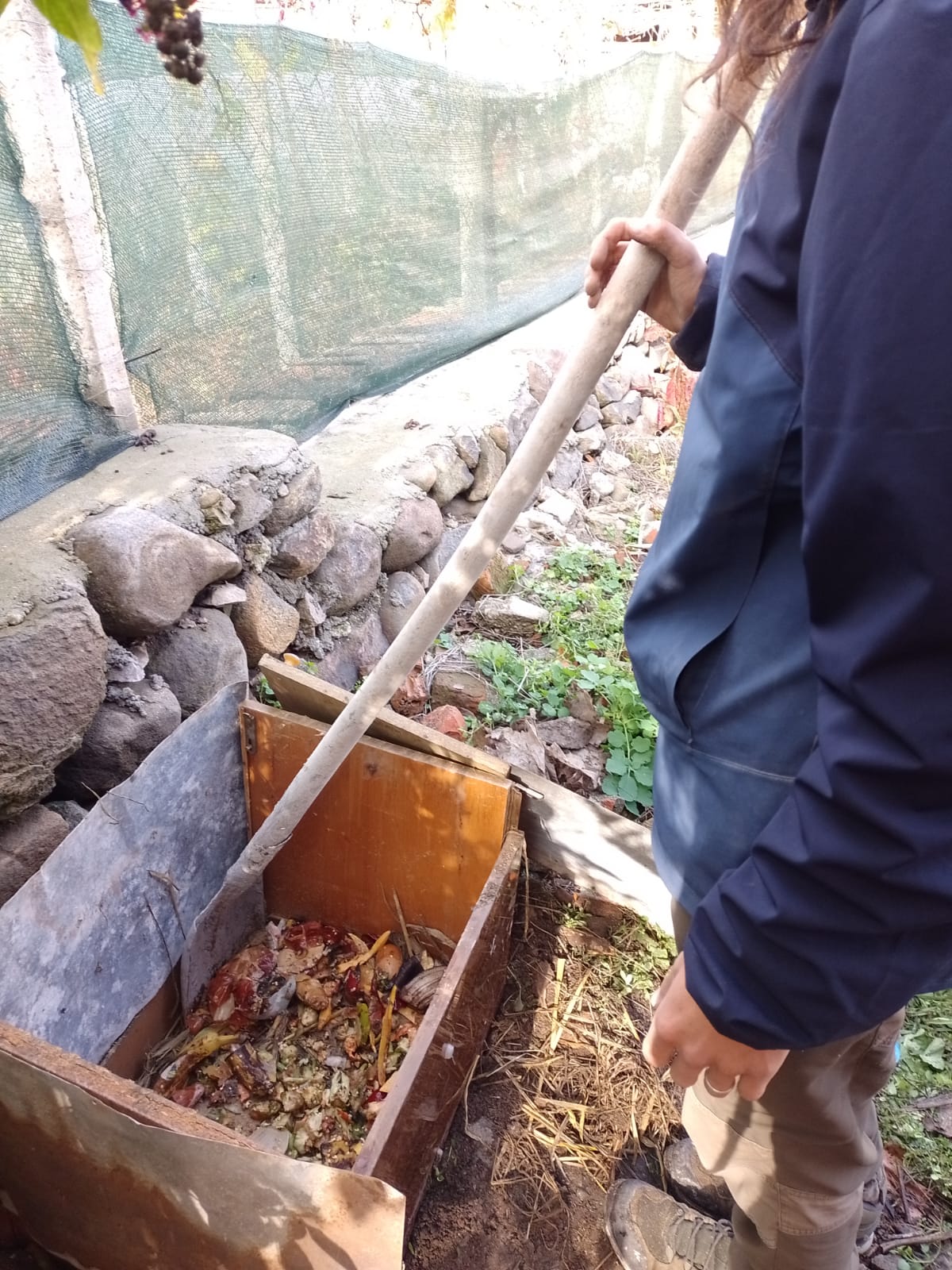
Making our own compost and adding carbon rich material to get a good C:N ratio (photo credits: Mali Boomkens)
We were also preparing our compost workshop, we brainstormed about how this could look like. Mali started with a draft design for the structure of the workshop and I was researching, reading and watching videos to collect diverse info on the topic. Here are some data and examples:
Different types of containers used for composting as shown in the image below include ones made from metal mesh, wooden planks, bricks wall and a big can:
(Source: Manual de compostaje del agricoltor – Experiencias en América Latina, FAO, 2013)
The way the compost can ‘breath’ as shown in the image below, is through the ‘chimney’ that is formed after taking the vertically placed trunk out of the compost heap. In this way, you don’t need to turn the compost and oxygen can flow in and out freely:
(Source: Manual de compostaje del agricoltor – Experiencias en América Latina, FAO, 2013)
Compost heap without turning, with mattress of branches on the bottom and the same kind of chimney as above, both to facilitate aeration:
(Source: Manual de compostaje del agricoltor – Experiencias en América Latina, FAO, 2013)
François:
Hi, Todorovo here!
As we previously mentioned, we are currently working on a very special type of heating for our house: compost heating!
Composts, indeed, can be divided into two main categories, depending on the speed of the biological processes happening inside – and hence, its heat -: cold compost, and hot compost. This latter typically reaches 70°C to 80°C at its heart after a few days. Therefore, why not using that heat to warm up, let’s say, water for heating? Remember that Produce no waste and Use and value renewable resources and services are part of permaculture principles! Doing so has numerous advantages:
- It is much more economical than conventional heating, such as electric or gas radiators, or even wood stoves;
- It lasts for several months with a very minimal maintenance;
- It is a nice way to divert organic waste, such as manure (ie, animal feces), dead leaves, rotten fruits, etc;
- At the end of winter you can use the freshly made compost for fertilizing your soil!
But, you might wonder, how can I build it in my garden? First, you will need to collect all the materials. The two critical elements are manure (we used horse manure from a local farmer) and straw bales. For the rest, we put rotten cherries (which, thanks to their sweetness, will help the composting process), sawdust, chopped comfrey, dead leaves, and cupboard. Don’t forget a long (~100m) and solid pipe for the water to flow in!
Then, you will need to build a pile out of all of those. For the compost to generate heat, it has to be at least 1.20m high and wide (the length does not matter). The general idea is to proceed by layers of straw, then manure and all the other materials. From time to time, insert a layer of pipe, and try to maximize the contact area between the compost and the pipe, to maximize heat exchange (overlaying circles are a good solution). During all this procedure, water continuously!
Filling the compost pile with manure (photo credit: Paula Ochoa Sanchez)
The piping system (photo credit: Luchezar Zdevzdev)
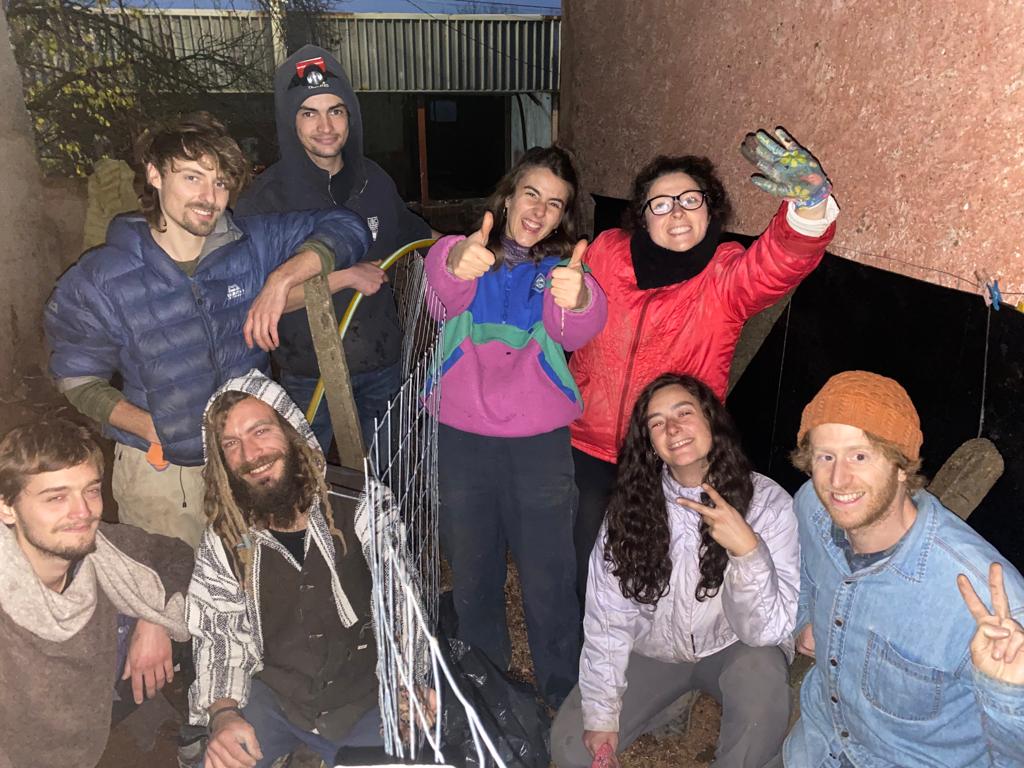
Once the pile is done, you might want to insulate it to reduce heat leaks, and to prevent your compost from dying because of the cold. You can simply use straw bales to cover it. Then you just have to connect the pipe to your heating system. Grab a hot chocolate, a good book, and Щастлива зима (happy winter)!


